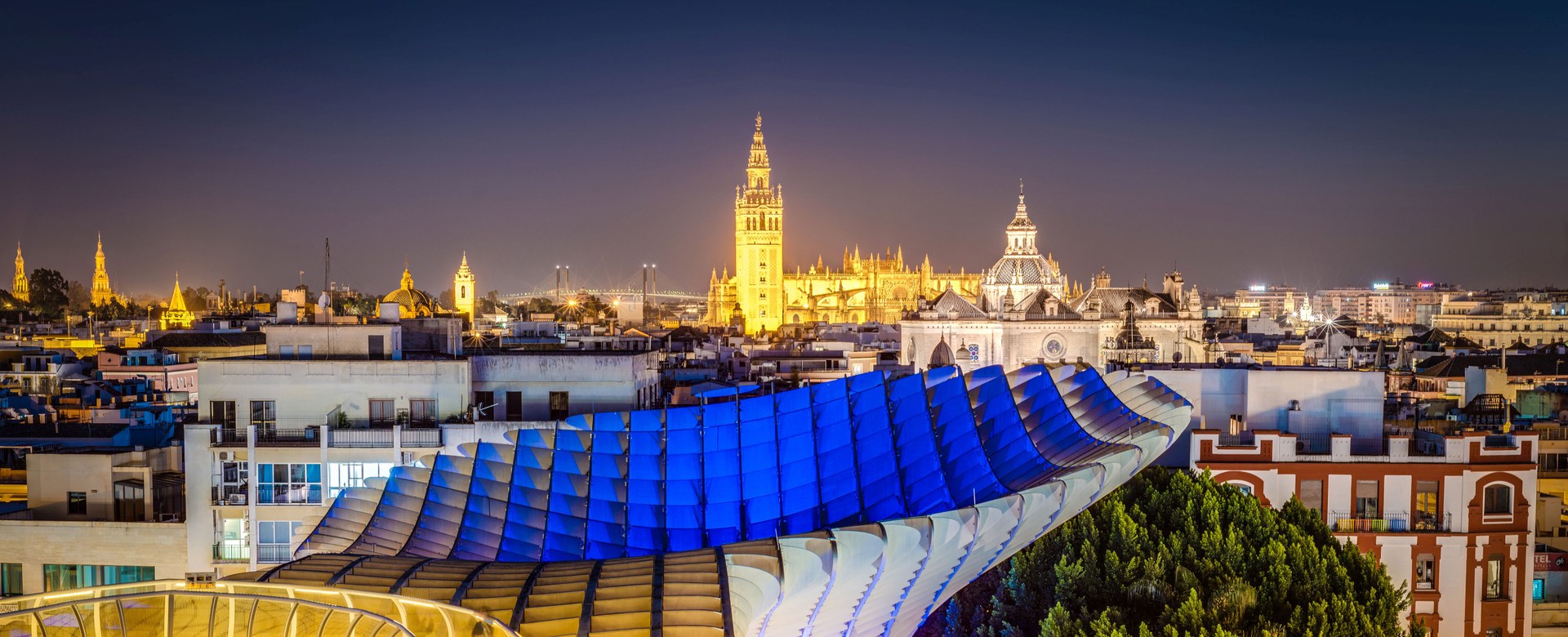Maturity
The end of the 19th century found many architects in Seville looking to the past for inspiration, contrary to what was happening in Barcelona with Gaudi. The new style would embrace the aesthetic elements of Plateresque, Baroque and Mudejar architecture and produce a unique neo-Andalusian style mainly expressed through the works of Aníbal González for the Iberian-American Exposition.
The International Exhibition organised by the city hall in 1929, put Sevilla back in the international map and became the reason for the creation of the important landmarks of the so-called Regionalist style, like the Plaza de España and the Mudejar Pavillon in Maria Louisa Park, also designed for the important occasion. The style was also followed by José Espiau for many of his renowned buildings such as the luxurious Alfonso XIII Hotel.

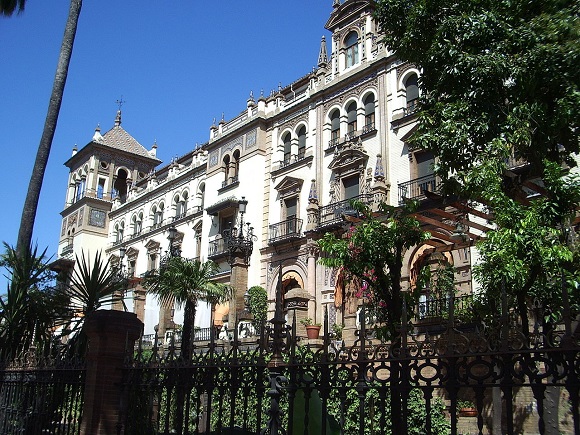
After the horrific days of the Spanish Civil war (1936-1939) and the Second World War, Seville and Spain entered the era of the Franco dictatorship. Under the Franco regime urban development proved to be a disaster. Aside from the historic core around the cathedral, many buildings of historic and architectural value were demolished to make way for utilitarian glass and concrete structures. The Franco era came to an end in 1975
Things started looking up again in the 1980’s when Seville was named capital of the Autonomous district of Andalusia & the Sevilliano Prime Minister Felipe Gonzalez became Spain’s Prime Minister as the first socialist to hold the post since the civil war. Born, raised and studied in Sevilla where he joined the local Socialist party before being elected as its leader, a year before the fall of the junta. To date, he remains the longest-serving Prime Minister of Spain (1982 to 1996).
The International Expo of 1992, the world fair celebrating the 500th anniversary of Christopher Columbus voyage to the New World became a springboard for an unprecedented improvement of the city’s infrastructure. It included a new airport, a new railway station, a speed train connection with the capital, new highways, two new bridges and a new opera.
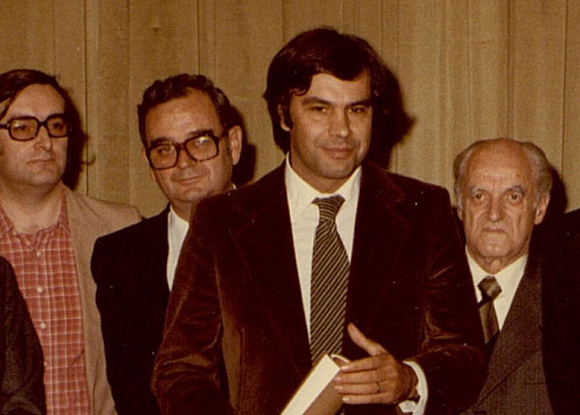
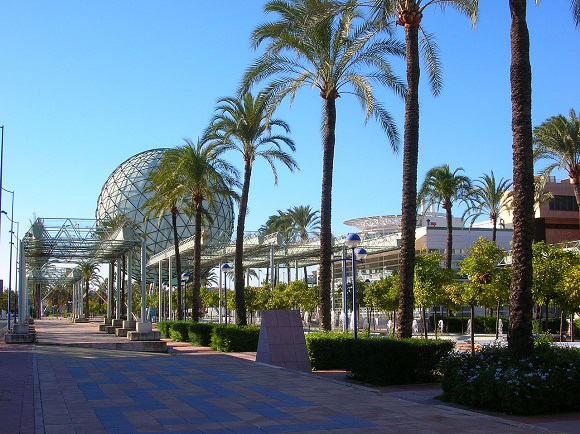
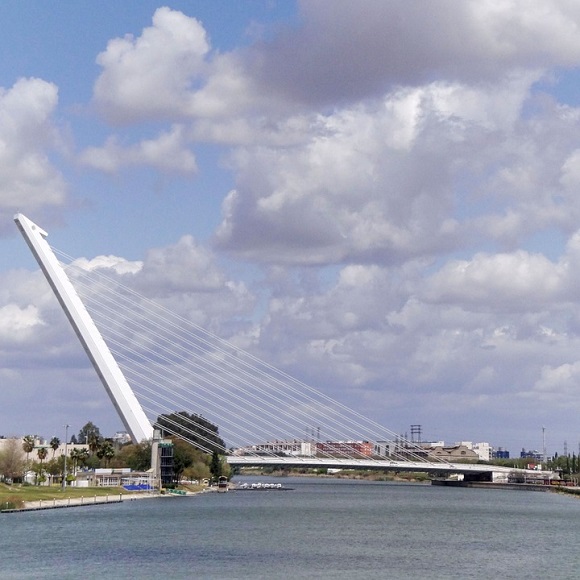
Today Seville is the fourth largest city in Spain with a population of more than 700.000 (the wider metropolitan population is about 1.5 million people). The city’s airport handles more than 4 million people each year while its port is the only inland port in Spain handling most Andalusian exports like olive oil, wine, jamón ibérico, fruit, vegetables and cork.
The city is also home to three public universities and three private ones, fifteen outstanding museums and of course several landmark buildings from the past like the Alcázar, the Casa Consistorial, the Torre del Oro and the Palacio de San Telmo but also landmark buildings like Metropol Parasol that come straight from the future.
It is a city filled with grand plazas, lovely parks and gardens that are a unique mixture of European and Arabic cultures with elements from the New World, a world intertwined with the city of Seville for hundreds of years. The parks and plazas are also a great way to cross this amazing city that can prove very helpful if you get lost in one of its many medieval alleys.

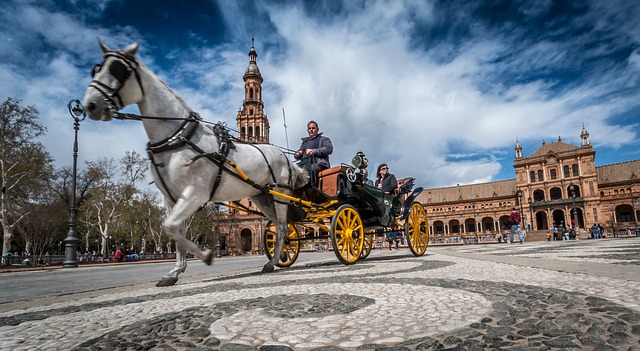
Since 2007 Seville has went through an intensive greening transformation with community bike sharing, an electric tram and an underground metro, battery charging stations for electric cars.
The strategic Plan Seville 2030 that launched by the city council In 2020 will bring the city closer to the United Nations Sustainable Development Goals (SDGs) and the Green New Deal promoted by the European Union. It focuses on the creation of more habitable areas with limited circulation of private vehicles, extensive pedestrian zones, mobility on foot, by bicycle and increasing use of electric cars.
It is also proposed to move forward in a joint regulation of housing with tourist use, limiting its activity within the framework of the legislation, reducing the pressure on certain neighbourhoods in the city and encouraging coexistence between neighbours and tourists. Equality and fight against sexist violence, reinforcement of cultural activity in the city’s neighbourhoods, construction of recreational pools, regulation of tourist buses, a fair tourism stamp, a microcredit policy or increased attention to homeless people are other issues included in the agreement.
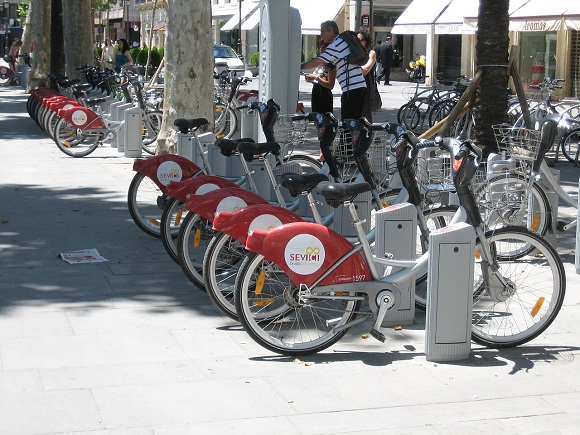
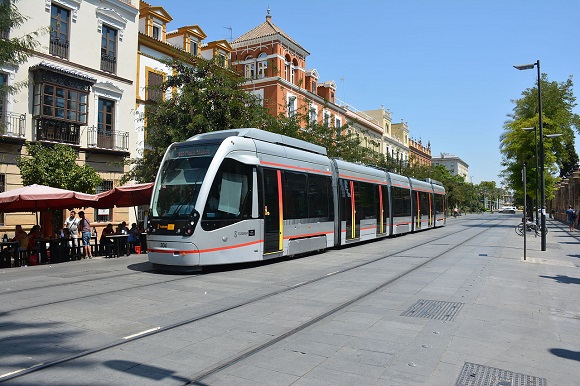
Seville’s history is not over. Cities plan their future based on their past and present. Based on the city’s present Seville’s future seems brighter than ever. It’s timeless allure and Andalusian charm can make a short-city-break visitor become so infatuated that, to misquote the city motto, No me ha dejado, Seville never abandons his/her mind.
